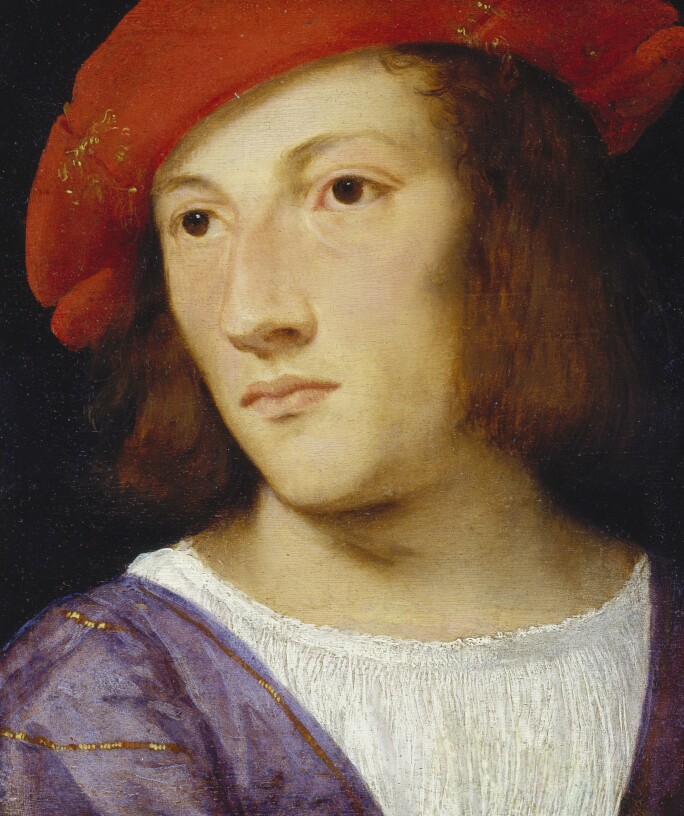M any of the greatest names of art history, be it El Greco or Rubens, Guercino or Tiepolo, schooled their eyes on painting alla veneziana and the mastery of [light and] colour it exemplified,” says Bastian Eclercy, curator of a survey of Venetian painting during the Renaissance at Frankfurt’s Städel Museum. The exhibition comprises almost 100 works in eight sections, each exploring “an aspect of the cinquecento that can be deemed characteristic of it and therefore significant”.



"Titian, Tintoretto and Veronese have been accorded the admiration otherwise reserved solely for Michelangelo and Raphael."
At the exhibition's heart, says Eclercy, are “the Great Three – the worldly all-rounder Titian, the eccentric, brooding Tintoretto and the elegantly virtuosic Veronese, [who] were to garner praise and admiration in the centuries to come such as was accorded only to Michelangelo and Raphael”. But it was Titian who set the standards for his friends and rivals, and who held a central position in the Venetian art scene all his life. Twenty works by the master are on display – the largest selection ever exhibited in Germany – highlighted by The Madonna of the Rabbit and Portrait of the Doge Francesco Venier.

Titian was a splendid colourist, and his works helped define Venetian Renaissance painting in a way that diverged from Rome and Florence's strong basis in drawing. A section looks at the colour, energy and animation of these paintings, from cherry reds to gloomy blacks. It also examines the reception of the Florentine style – a more finished manner of porcelain-like surfaces – and how it was accepted within the Venetian canon of clearly visible brushstrokes a generous layer of paint.

A final section traces the lasting influence of this momentous school. From El Greco to the great 19th century French painters to contemporary photographer Thomas Struth, the Venetian command of colour and light has inspired countless artists. "Hardly any epoch of art history has known such continual reception," Eclercy says.
Titian and the Renaissance in Venice, Städel Museum, Frankfurt, 13 February–26 May.


